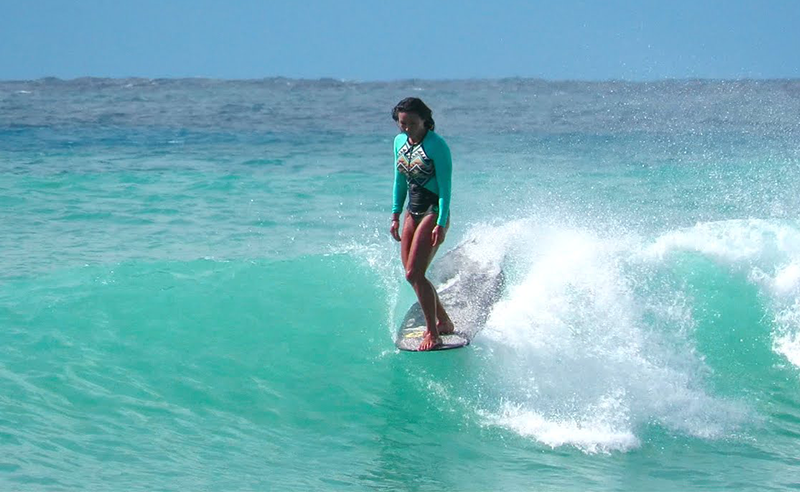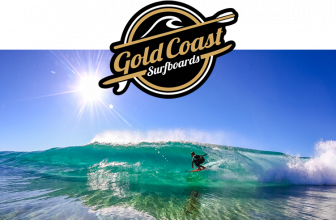
It’s almost hard to fathom that what was once essentially a giant log, has paved way for an entire culture of surfing, mentally, physically, and spiritually.
Longboards are the most iconic symbols of surf history.
From the ancient Polynesians to The Beach Boys, longboards have been ridden for generations, and it’s almost impossible to pin down their exception.
Now obviously longboards have come quite a ways, even in recent history, so we’ll start as far back as we know.
There are ancient texts from 500AD that scientists have found speaking on longboards. These sixth-century Polynesians treated these giant logs like major status symbols.
Those with the most status were known to ride longboards up to 25 feet long. Yea, that’s not a typo.
It wasn’t until 1778 that a European man discovered and recorded the first Western witness of the sport.
How Did These Boards Become So Popular?
A Hawaiin man named George Freeth brought his longboard to Redondo Beach in 1907 to show off his skills to the California locals. He was the first recorded man to bring a surfboard to the continent, and word spread fast. It wasn’t until the 1930s that more modern longboards like we know today started being produced. Tom Blake, a Wisconsin man, moved to Hawaii to build what was known as the “Cigar Board”. It’s incredible speed made it instantly desirable to local surfers, so he decided to put them into mass-production.
During the 1930s, the shape began to take better form. Balsa wood was introduced, largely decreasing the weight of longboards, making them easy to transport. Hawaiian shapers began tapering their tails to add speed to their boards. Tom Blake even became the first to add on a fixed tail fin, giving stability to boards that were once finless. They were slowly becoming much easier to ride and more available to the public.
So What Is A Longboard Exactly?
Longboards are pretty much any big boards between 8’ and 12’. There are some typical features that you’ll find on them. Usually, you’ll find longboards with square or rounded tail. In terms of fins, they were most popular with singles for quite some time. Nowadays, you can find longboards with all kinds of configurations such as tri-fin, 2+1, etc.
Longboards are much wider than other boards and have more volume than pretty much any boards out there, giving them tons of buoyancy.
Why Did the Longboard Catch On?
The longboard never really “caught on”, as it was the only board available for quite some time.
Surfing definitely caught on though, and it became a phenomenon in about three places: California, Australia, and Hawaii. The surf craze in the 1960’s that was proliferated by pop culture icons such as the Beach Boys was truly thanks to a surf film called “Gidget” that was released in 1959.
Previously empty beaches were now packed with longboarders trying to get into the new craze. For more than a decade, surfing longboards was the hottest thing in California before the popularity of shortboards swept them in the early 70s.
Why Should I Add a Longboard To My Quiver?
Longboards are iconic and everyone should have one. They make it possible to take it slow on some days, ride small waves, and just chill out. Unlike shortboards, which are competitive, longboards reflect a more spiritual and traditional side of surfing. If you’re someone who is learning to surf, longboards are the ideal learning vehicles. They’re extremely buoyant, very easy to paddle with, and can surf mushy waves better than any other type of board out there.
If you’re an experienced surfer, there are most likely days where your local break is not quite hitting it. In this instance, having a longboard will still allow you to get out in the waves and catch a few.
Final Thoughts?
Longboards go back further than we can even imagine. Without them, surfing wouldn’t exist.
It’s funny that not many people ride them today, as surfers seem more interested in pushing their limits instead of enjoying the ride.
We hope that you can see the longboard for what it is and appreciate its beauty.
The longboards exudes ease, brotherhood, love, and relaxation. It’s definitely the “hippy” of surfboards and one that we’re positive will always be around.





